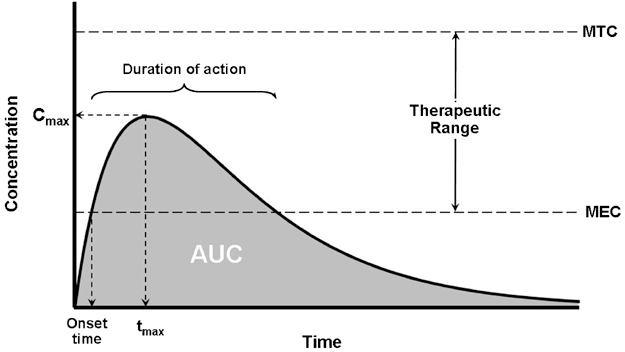TFE 2011-2012 (final year project)
Finding pharmacokinetics-related genes in genome-wide studies
Most of the genetic tests currently available for use in psychiatric medicine focus solely on pharmacokinetics, which refers to what the body does to a given drug. These tests have led to important insights regarding treatment options for patients suffering from mental illness, and their utility have stimulated the large-scale search for pharmacokinetics-related genes, for a variety of complex human diseases. A complex disease is characterized by the fact that it can be governed by multiple genes and/or non- genetic factors, in complex architectural structures.
Sato et al (2009) have developed a novel screening method to identify pharmacokinetics- related genes in genome-wide studies. Usually, researchers compare population means of pharmacokinetics parameters between genotypes, hereby overlooking monotonic response patterns. Sato et al (2009) on the other hand, implemented a maximum contrast method.
The topic of this thesis is to investigate the utility of this method in gene-gene or gene- environment interaction screenings. In practice, the method of Sato et al (2009) needs to be fully understood, as well as a selection of epistasis screening methods for quantitative traits (i.e., traits measured on a continuous scale), such as the non-parametric Model-Based Multifactor Dimensionality Reduction method (Van Steen et al 2011). Second, it needs to be investigated how the maximum contrast method proposed by Sato et al (2009), or a related method with similar properties, can be implemented in the MB- MDR C++ software. This project is therefore an IT-related project. Third, the new implementation is compared with an overall non-parametric test (such as Kruskal-Wallis) in terms of power and false positives generation. Fourth, time permitting, a real-life data set on pharmacokinetics can be used to showcase the novel implementations and to assess its validity in practice. This step would imply acquiring a basis understanding of the processes involved in pharamacokinetics (Figure 1).
Références:
- Sato et al (2009) A new statistical screening approach for finding pharmacokinetics- related genes in genome-wide studies. The pharmacogenomics journal 9: 137-146.
- Van Steen et al (2011) Travelling the world of gene-gene interactions. Briefings in Bioinformatics doi:10.1093/bib/bbr012
